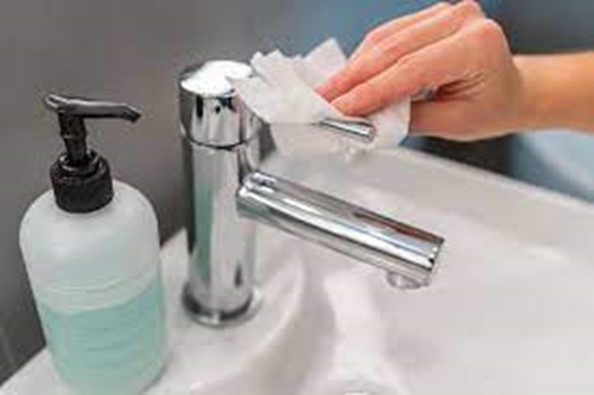A nurse is checking a client for a pulse deficit after detecting an irregular heart rate. Which of the following actions should the nurse take?
Count the client's radial and apical pulses simultaneously with another nurse.
Calculate the client's pulse for 30 seconds and multiply by 2.
Assist the client to a side-lying position.
Auscultate the area of the client's chest over the Erb's point.
The Correct Answer is A
The correct answer is choice A.
Choice A rationale:
Count the client's radial and apical pulses simultaneously with another nurse. Rationale: In the presence of an irregular heart rate, a pulse deficit might indicate a discrepancy between the peripheral (radial) and central (apical) pulses. Counting the pulses simultaneously with another nurse helps to accurately assess this deficit. By comparing the two pulse rates, the nurse can identify if there is a difference, which might indicate inadequate circulation or irregular heartbeats that aren't effectively transmitting to the peripheral arteries.
Choice B rationale:
Calculate the client's pulse for 30 seconds and multiply by 2. Rationale: While calculating the pulse rate for 30 seconds and then multiplying by 2 is a valid method to determine the heart rate, it doesn't address the specific concern of a pulse deficit. This approach might help in assessing the overall heart rate but doesn't provide information about potential irregularities or discrepancies between peripheral and central pulses.
Choice C rationale:
Assist the client to a side-lying position. Rationale: Assisting the client to a side-lying position doesn't directly relate to the assessment of a pulse deficit. The position of the client wouldn't significantly impact the assessment of irregular heart rates or pulse deficits.
Choice D rationale:
Auscultate the area of the client's chest over the Erb's point. Rationale: Auscultating the area of the client's chest over the Erb's point is a technique used to assess heart sounds, particularly the S2 heart sound. This technique is not relevant to assessing a pulse deficit. It can provide information about heart valve function but doesn't help in evaluating a discrepancy between peripheral and central pulses.
Nursing Test Bank
Naxlex Comprehensive Predictor Exams
Related Questions
Correct Answer is D
Explanation
The correct answer is choice D.
Choice A rationale:
Rinsing forearms with running water before applying soap is not a recommended step in the handwashing procedure. The primary step is to wet the hands, apply soap, and create a lather.
Choice B rationale:
Holding hands above elbow level while washing and rinsing is not a standard practice for handwashing. The hands should be washed thoroughly, and the focus is on scrubbing the hands, not their positioning.
Choice C rationale:
Generating a lather by rubbing hands together vigorously for 5 seconds is insufficient for effective handwashing. Proper handwashing involves rubbing hands together for at least 20 seconds to ensure thorough cleaning.
Choice D rationale:
The correct answer. After washing and drying hands, turning off the faucet with a clean paper towel is recommended to avoid recontaminating the clean hands. Touching the faucet directly with clean hands could potentially transfer pathogens back onto the hands.

Correct Answer is A
Explanation
The correct answer is choice A. Use warm water when bathing the client.
Choice A rationale:
Using warm water when bathing helps maintain skin integrity by ensuring the skin is clean without causing excessive dryness or irritation. Warm water is gentle on the skin and helps in maintaining its natural moisture balance.
Choice B rationale:
Placing a donut-shaped cushion in the client’s chair is not recommended as it can cause pressure points and restrict blood flow, potentially leading to pressure ulcers.
Choice C rationale:
Massaging reddened areas over bony prominences is not advisable because it can cause further damage to already compromised skin and increase the risk of pressure ulcers.
Choice D rationale:
Maintaining the client in high-Fowler’s position for extended periods can increase pressure on the sacral area, leading to pressure ulcers. It is important to regularly reposition the client to alleviate pressure.
Whether you are a student looking to ace your exams or a practicing nurse seeking to enhance your expertise , our nursing education contents will empower you with the confidence and competence to make a difference in the lives of patients and become a respected leader in the healthcare field.
Visit Naxlex, invest in your future and unlock endless possibilities with our unparalleled nursing education contents today
Report Wrong Answer on the Current Question
Do you disagree with the answer? If yes, what is your expected answer? Explain.
Kindly be descriptive with the issue you are facing.
